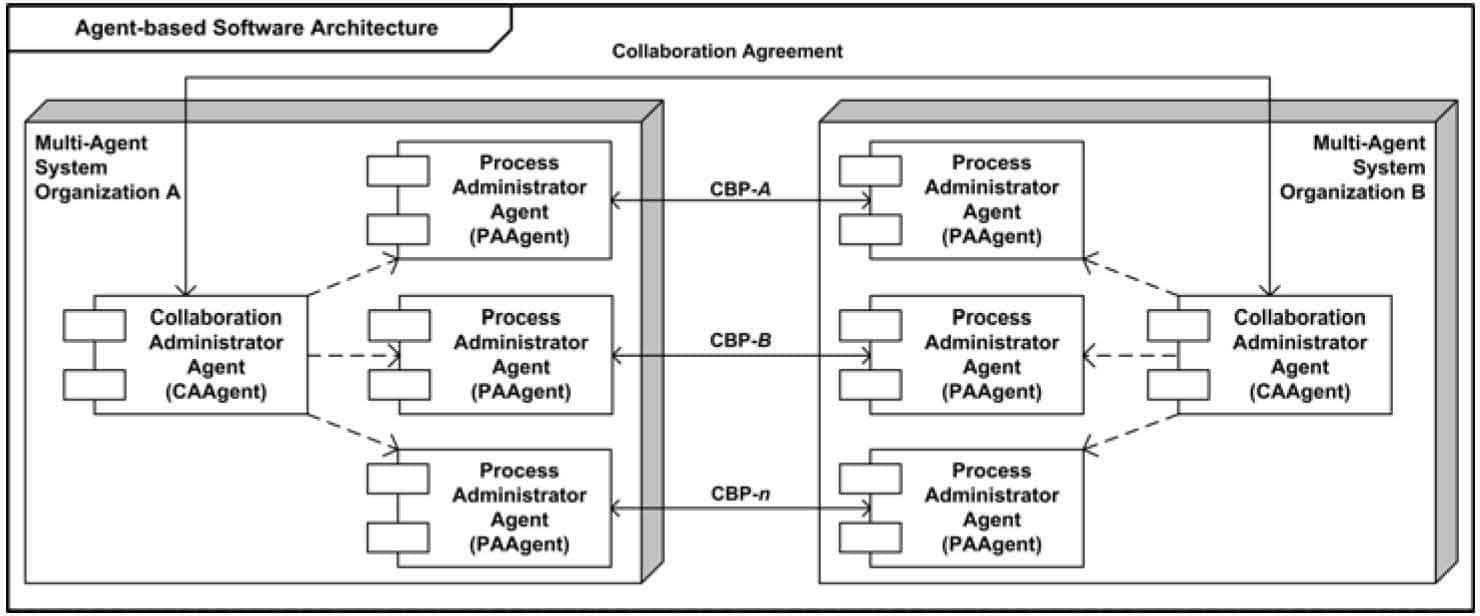Agent architecture is an architectural model for building software systems which empowers autonomous components known as agents to interact with and react to their environment. It was first developed in the late 1980s, and has since become an increasingly popular way to design intelligent software agents for use in robotics, distributed artificial intelligence, knowledge-based systems and autonomous agents.
The agent architecture model is based on individual construction principles which distinguish agents from traditional software programs. These principles refer to the agents’ abilities to act autonomously and to interact with other external entities in a manner that influences the decision making behavior of the agent and the environment it is operating in. Key features of agent architectures include pro-active behavior, communication and collaboration between multiple agents, and the ability to adapt to changing variables in the environment.
The overall goal of agent architectures is to develop systems which are able to take in data and output intelligent decisions based on the environment and agents’ internal state. This is usually done by combining techniques such as machine learning, natural language processing, and non- logical reasoning to generate solutions to complex problems.
Discussing the topic of agent architectures requires one to discuss the scope of their potential impact on computing and cybersecurity. With the development of increasingly advanced robotics, the development of autonomous agents and multi-agent networks could be used to create more reliable security systems. In promoting collaboration and communication between agents, agent architectures provide a platform that allows complex problems and tasks to be solved in an autonomous manner. Making use of machine learning techniques and ever-evolving artificial intelligence can enable agents to detect and respond to cyber security threats in real-time, mitigating the potential for security breaches.
Overall, agent architecture is an innovative way of developing software systems which utilizes autonomous agents to interact with and react to their environment. This model has the potential to revolutionize the way computers, programming and cybersecurity are approached by allowing for autonomous decision making, increased collaboration between multiple agents and the ability to continuously adapt to changing variables in the environment.






